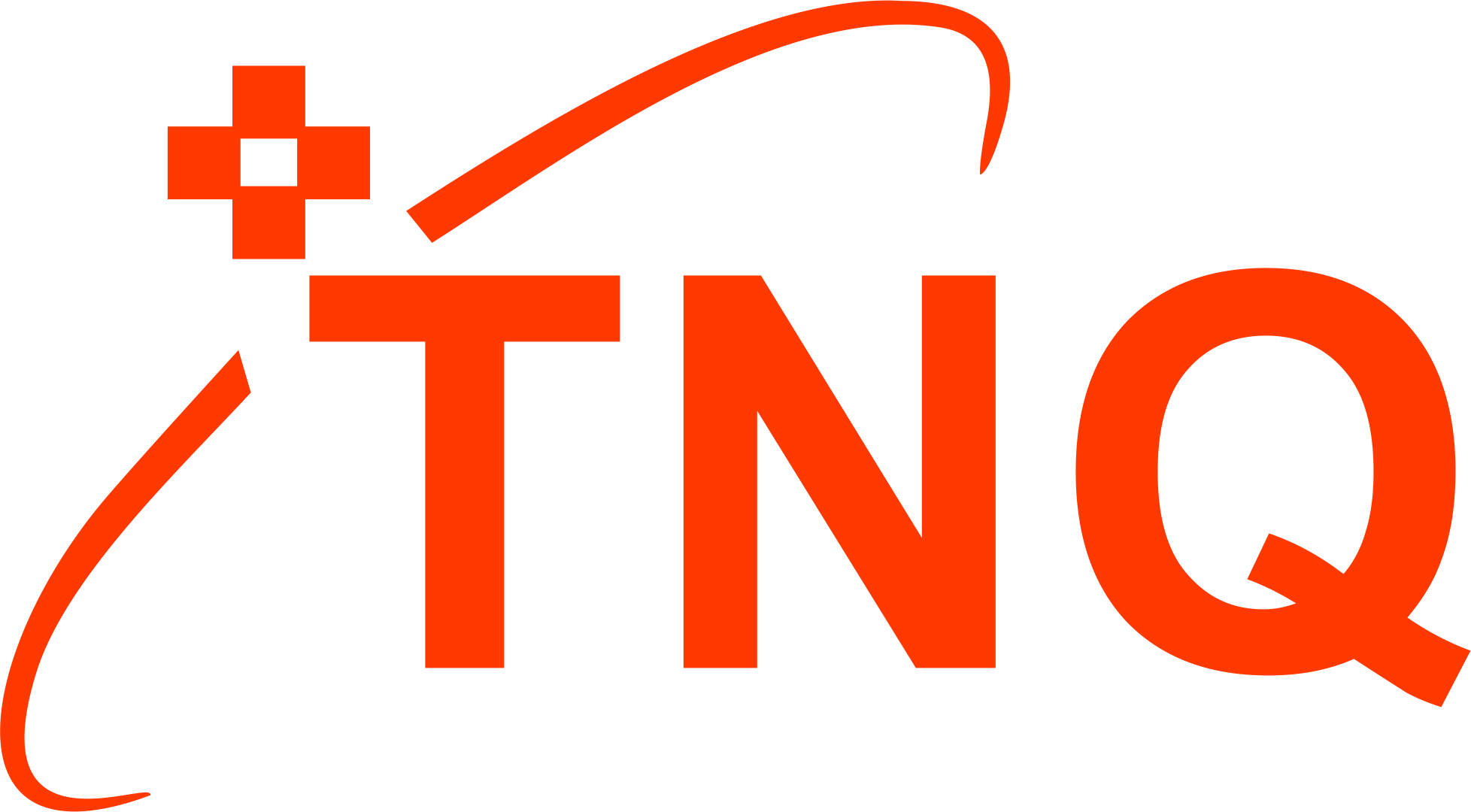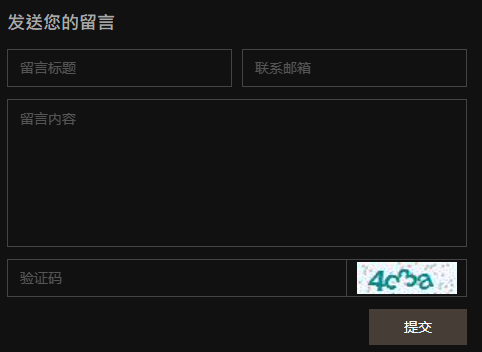restraint belt in patients with severe agitation
: Objective: To explore the application effect and clinical nursing method of restraint belt in patients with severe agitation. Methods: 86 patients with severe agitation from July 2015 to July 2016 were randomly divided into control group and observation group, 43 cases in each group. The control group used traditional restraint to control patients with severe agitation, the observation group used multifunctional restraint to control patients with agitation, and the two groups of patients were given targeted nursing intervention during the application of restraint. Results: The incidence of adverse events in the observation group was 11.6%, which was significantly lower than 32.6% in the control group, and the difference was statistically significant (P<0.05). Conclusion: The multifunctional restraint belt can effectively control the agitation of patients with severe agitation, reduce the occurrence of adverse events, and the targeted nursing intervention can ensure the safety of patients in the treatment.
Key words: Constraint band; Severe agitation; Targeted nursing
Patients with severe agitation have serious social destructiveness. In the treatment of conventional drug therapy, it is necessary to limit the severe agitation behavior, and the restraint band can be applied in clinical treatment [1]. Constraint bands routinely used in hospitals restrict patients' hands and feet, but patients easily break away from the restraint bands through physical activities and finger movements, leading to adverse events [2]. Therefore, it is very important to choose a reasonable restraint belt for the control of patients with severe agitation. In this study, the application of multi-functional restraint belt can effectively control patients with severe agitation and reduce the occurrence of adverse events. The report is as follows:
1 Data and methods
1.1 General Information
From July 2015 to July 2016, 86 patients with severe agitation were selected. The patients showed manic, hyperactivity and aggressive behavior, which met the diagnostic criteria of agitation. The patients were randomly divided into control group and observation group, 43 cases in each group. In the control group, there were 21 male patients and 22 female patients, aged 23-49 years old, with an average of (35.7±2.8) years old. In the observation group, there were 23 male patients and 20 female patients, aged 22-50 years old, with an average of (36.1±3.4) years old. There was no significant difference between the two groups (P>0.05).
1.2 method
The control group used the traditional restraint belt to control patients with severe agitation, specifically for the application of the hospital's restraint belt, rectangular cotton cloth to the patient's hands and feet were tied to the bed railing for agitation symptoms of restraint and control. In the observation group, multifunctional restraint belts were applied to control the restlessness of the patients. The hands and feet of the patients were restrained on the bed rail respectively. Anti-scratch gloves were put on the fingers and palms to limit the bending of the fingers and palms. The zipper could be opened at the finger end of the gloves for hand cleaning. The restraint belts on the wrist and ankle could be adjusted in length to control the onset of restlessness. Two groups of patients in the application of restraint at the same time to give targeted nursing intervention, nursing methods for regular monitoring of the patient's vital signs, regular cleaning of patients, observe the existence of scratches and bruises, timely treatment of wounds. Take the initiative to communicate with patients, soothe patients' emotions, and explain the necessity of the application of restraint belt to their families, so that their families can cooperate with nursing work. The occurrence of adverse events need to be handled in time to avoid serious injury. The clinical effects of the two groups were evaluated and compared after treatment and nursing.
1.3 evaluation indicators [3]
Adverse events included unplanned extubation, self-injury, aggression, and denial of treatment. The effect of treatment care was evaluated by the incidence of adverse events.
analysis of 1.4 statistics
The application of statistical software SPSS18.0 to measure and count the results of the corresponding statistical analysis, the measurement of the data with the mean ± standard deviation (X ± S) said, the comparison between groups with t-test; Counting of the data expressed as a percentage, the comparison of the data to take verification, to P<0.05, the difference was statistically significant.
2 Results
The incidence of adverse events in the two groups of patients after treatment and nursing was shown in Table 1, and the results showed that the incidence of adverse events in the observation group was 11.6%, which was significantly lower than that in the control group of 32.6%, and the difference was statistically significant (P<0.05).

3 Discussions
Patients with severe agitation have severe restless behavior, large mood swings, easy to cause aggression to themselves or others, and have a serious risk of disrupting social order. In the treatment of severe agitation need to give drug treatment, at the same time in order to avoid the onset of behavior out of control should cooperate with the treatment of restraint. Rectangular cotton cloth is often used in clinical practice to restrain the hands and feet of patients to reduce the range of activities of patients during the onset of disease. However, due to the large strength of some patients, it is easy to fall off the restraint belt, thus inducing adverse events such as self-attack or harm to others, which seriously affects the treatment effect [4]. Therefore, the effective control of the behavior of patients with severe agitation is very important, and the choice of reasonable restraint band is very critical [5]. The multifunctional restraint belt is an improved restraint belt. On the basis of the traditional restraint belt, the length of the restraint belt can be adjusted to limit the bending of the patient's fingers and palms, which can significantly reduce the occurrence of the patient's restraint belt falling off and reduce the occurrence of unplanned extubation caused by excessive activity. At the same time, the improved restraint belt can adjust the length of restraint according to the patient's range of motion and strength, restraint treatment is more targeted, can improve the adaptability of patients, can promote patients with clinical treatment.
In this study, the patients with severe agitation were randomly divided into the control group of conventional restraint belt and the observation group of multi-functional restraint belt, and the adverse events of the observation group were significantly lower than those of the control group, and the difference was statistically significant (P 0.05). It can be seen that the multifunctional restraint belt can effectively control the behavior of patients with severe agitation and reduce the occurrence of adverse events. At the same time, targeted nursing intervention during the application of the restraint belt can timely record the treatment of patients, and the patient's own injury can be treated in time. Family members can cooperate with nursing staff to improve the effect of diagnosis and treatment and promote the recovery of patients. In addition, nursing staff actively communicate with patients, so that patients in a quiet state can gradually eliminate fear, can improve the patient in the restraint with the application of the degree of cooperation, so that treatment and care can be carried out smoothly, with the role of improving the therapeutic effect.
Conclusion The multifunctional restraint belt can effectively control the agitation of patients with severe agitation, and reduce the incidence of adverse events, and the targeted nursing intervention can ensure the safety of patients in the treatment.
References:
[1] Bai Jixiang, Wang Cunzu, Xu Min, et al. Application of Self-made New Constraint Band in Patients with Neurosurgical Restlessness [J]. Chinese Journal of Modern Nursing, 2013, 19 ( 31 ):3921 - 3923.
[2] Zhao Yanfang. Fabrication and application of a new type of limb restraint belt [J]. Journal of Nursing Science, 2014,29(24):69.
[3] Zhan San Cheng, ZHOU Jian-wei. Application and nursing of restraint belt in patients with severe agitation [J]. Journal of Practical Medical Technology, 2015,22(6):673 - 674.
[4] Wang Dan, Cui Hongrui, Di Panpan, et al. Nursing safety management during the use of limb restraint belts in patients with disturbance of consciousness and agitation [J]. Shanxi Medical Journal (Second Half Edition),2013,42(10):595 - 596.
[5] Zhang Guimei, Yuan Yingzi. Production and application of safe and practical adult restraint belt [J]. Journal of Harbin Medical University, 2015,49(1):84 - 85.
: restraint belt; medical supplies; severe restless patients; hospital; safety

